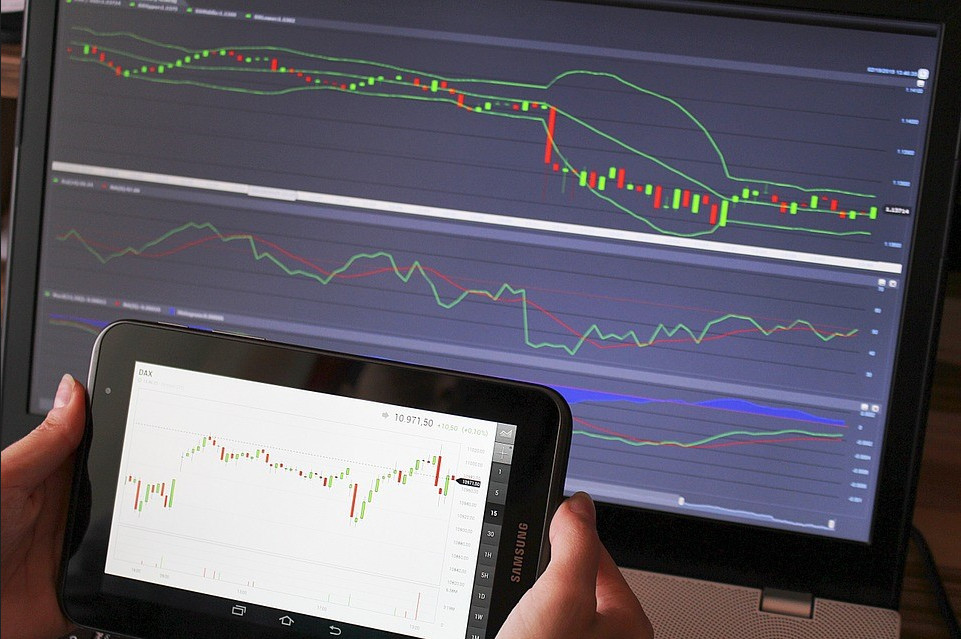Contracts for differences (CFDs) are a financial product that allows you to speculate on the price movement of financial instruments. This guide will explain how CFDs let you do this and how to trade them online.
1. What Are CFDs?

CFDs are agreements (contracts) between a buyer and seller to exchange the value of an underlying asset at some point in the future. This dynamic is true wherever you are in the world. For example, if you’re in Vietnam and speak the language, you can read this tài liệu CFDs (CFD document) and get the same explanation of contracts for difference as someone reading it in English. It’s vital to keep in mind that you are exchanging a “contract” based on an underlying asset.
For example, if you’re trading CFD equities, the value of the “contract” is based on the price of shares in a company. Because you’re not buying the underlying asset, you can speculate on the price increasing or decreasing (more on this in a minute). That’s what makes CFDs different from other financial products.
You’re speculating on price movements and the value of the trade is the difference between the opening and closing prices. So, if you were trading Tesla CFDs and the value of shares in the company went from $100 to $110, the difference is $10. That means the value of a single CFD is $10.
2. How to Trade CFDs

OK, so that’s the basics of CFDs and how they work. Trading CFDs requires you to take a position. That position can be long or short:
- Shorting an asset means believing that its value will decrease.
- You will go long if you believe that the asset will rise in value.
Having the ability to go long or short is one of the main reasons people trade CFDs. This is possible because you’re speculating on price movements, rather than investing in the underlying asset. If you bought shares in Tesla, you’d only make a profit if the share price increased. With Tesla CFDs, you can make trades based on their value going up or down because the trade’s value is based on the difference between the opening and closing prices.
EXAMPLE 1:
- You take a long position on Tesla shares at $100.
- The price of Tesla shares increases to $110.
- You close your trade at $110.
- You make $10 because that’s the difference between the opening and closing prices.
EXAMPLE 2:
- You take a long position on Tesla shares at $100.
- The price of Tesla shares drops to $90.
- You close your trade at $90.
- You lose $10 because that’s the difference between the opening and closing prices.
3. Trade CFDs Online

Those are the basics of CFD trading and how you can make a profit when the market moves in a way you predicted. The last thing to explain in this guide to CFD trading is how to start. The steps below will help you take the information in this article and use it to trade online:
- Find an online trading platform.
- Register for an account.
- Complete the verification checks (to comply with local financial regulations).
- Make a deposit.
- Choose a financial instrument to trade e.g. equities, commodities, etc.
- Find an asset to trade.
- Take a long or short position.
- Input the value of the trade (the number of CFDs you want to trade).
- Confirm the trade and wait.
The last thing to point out is that, like all types of trading, CFDs carry a certain amount of risk. The value of your CFD can increase as well as decrease, which means you could lose money. However, with the right strategy and knowledge, it’s possible to make a profit by trading CFDs online.
